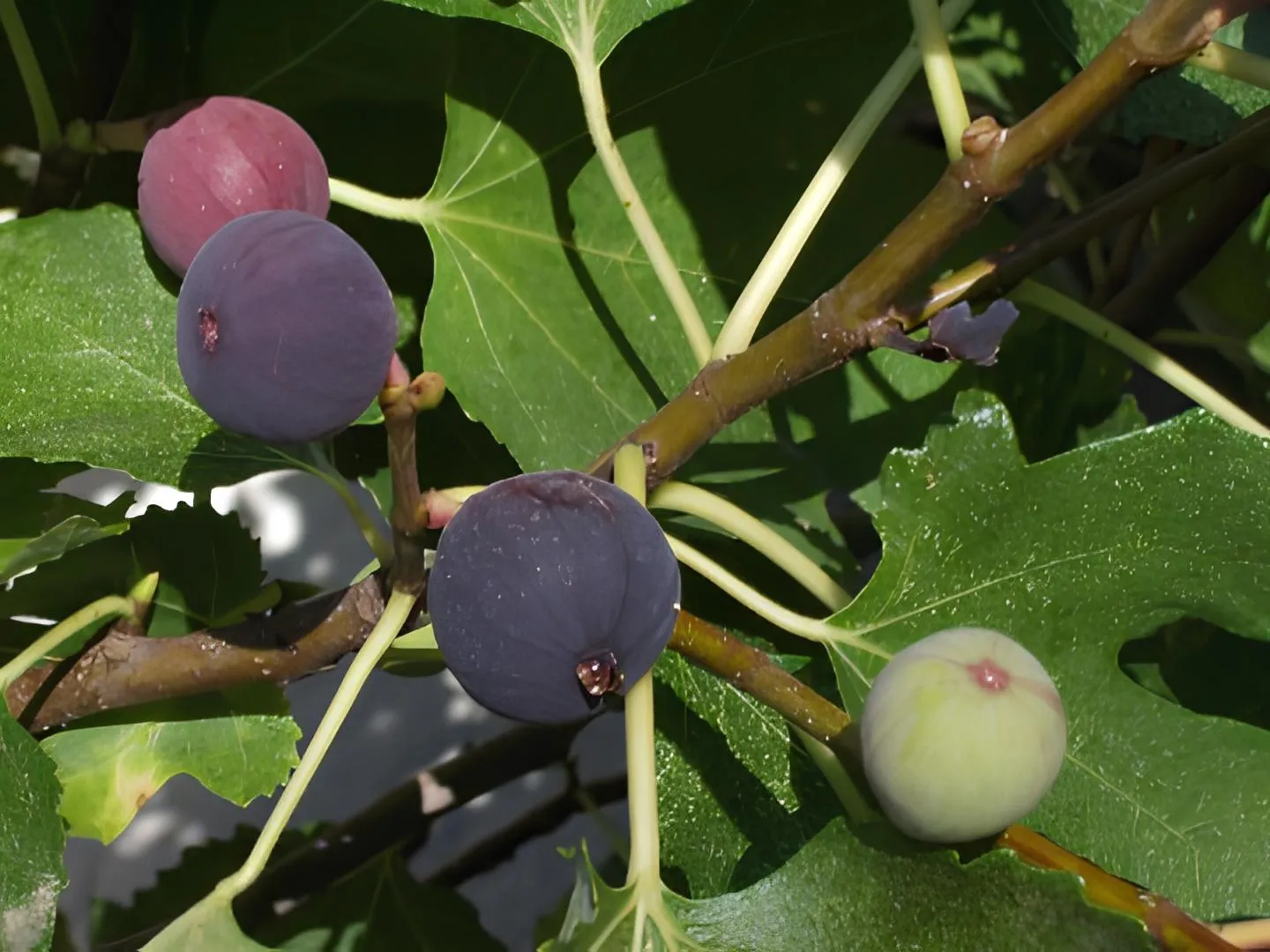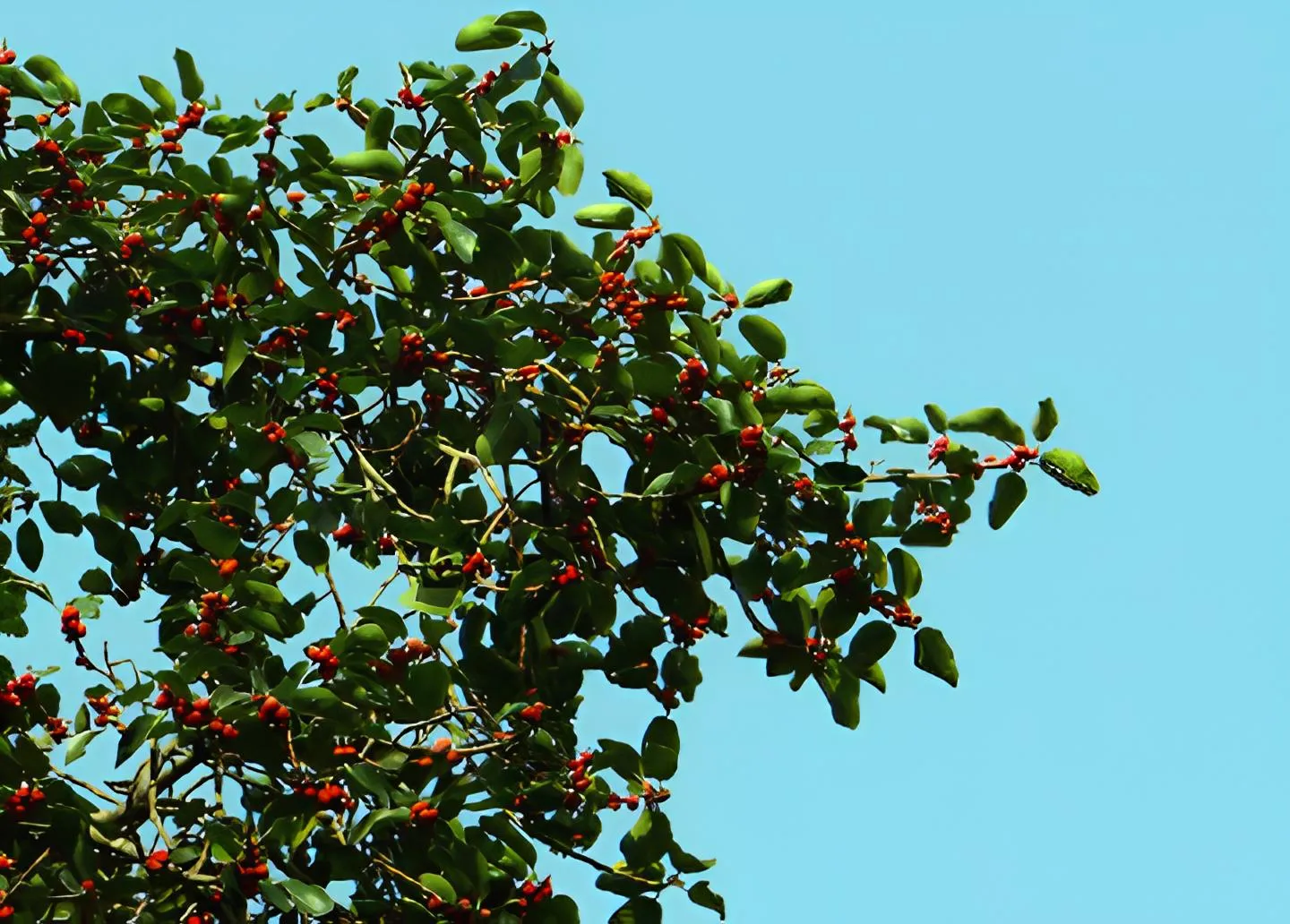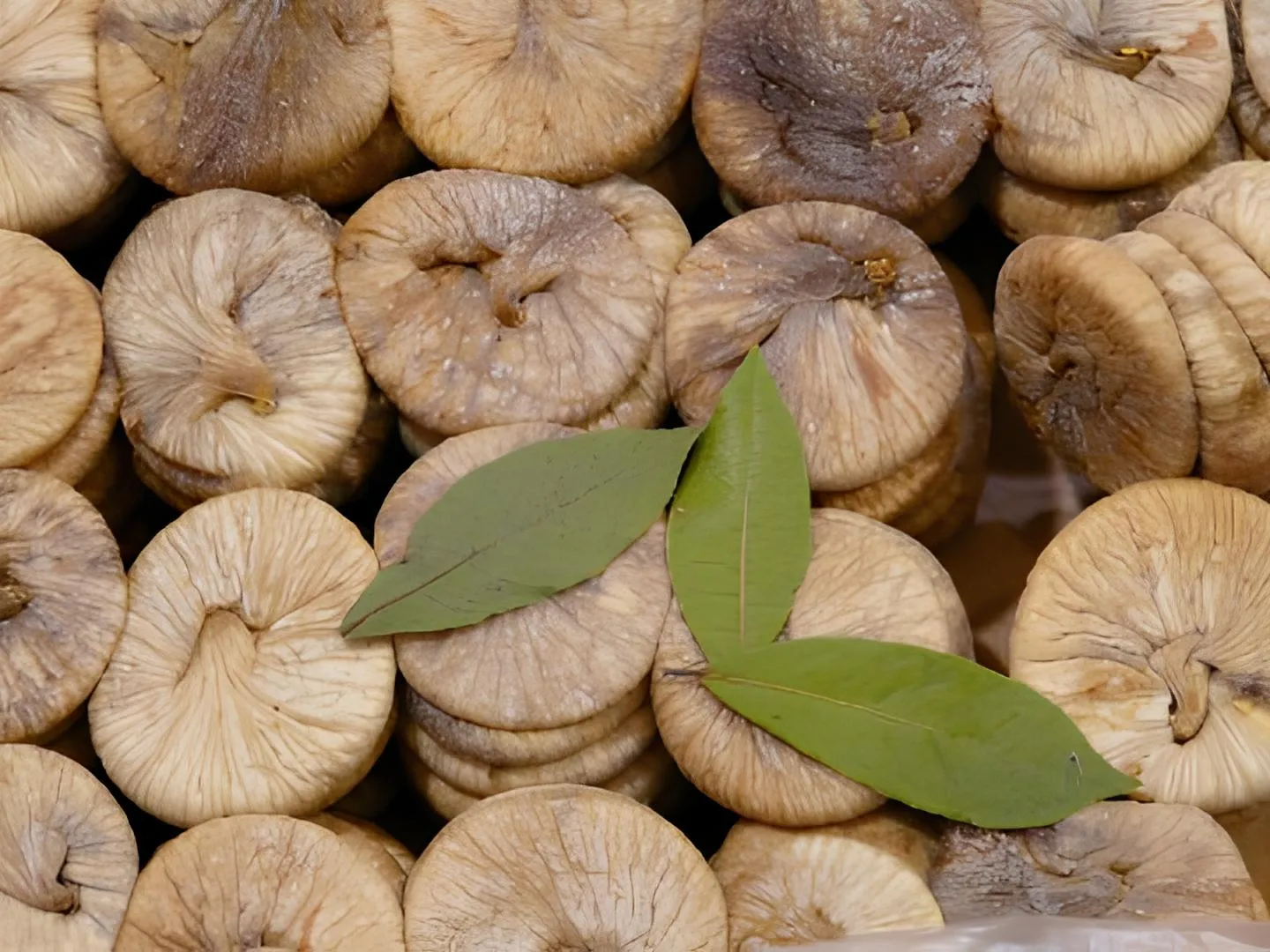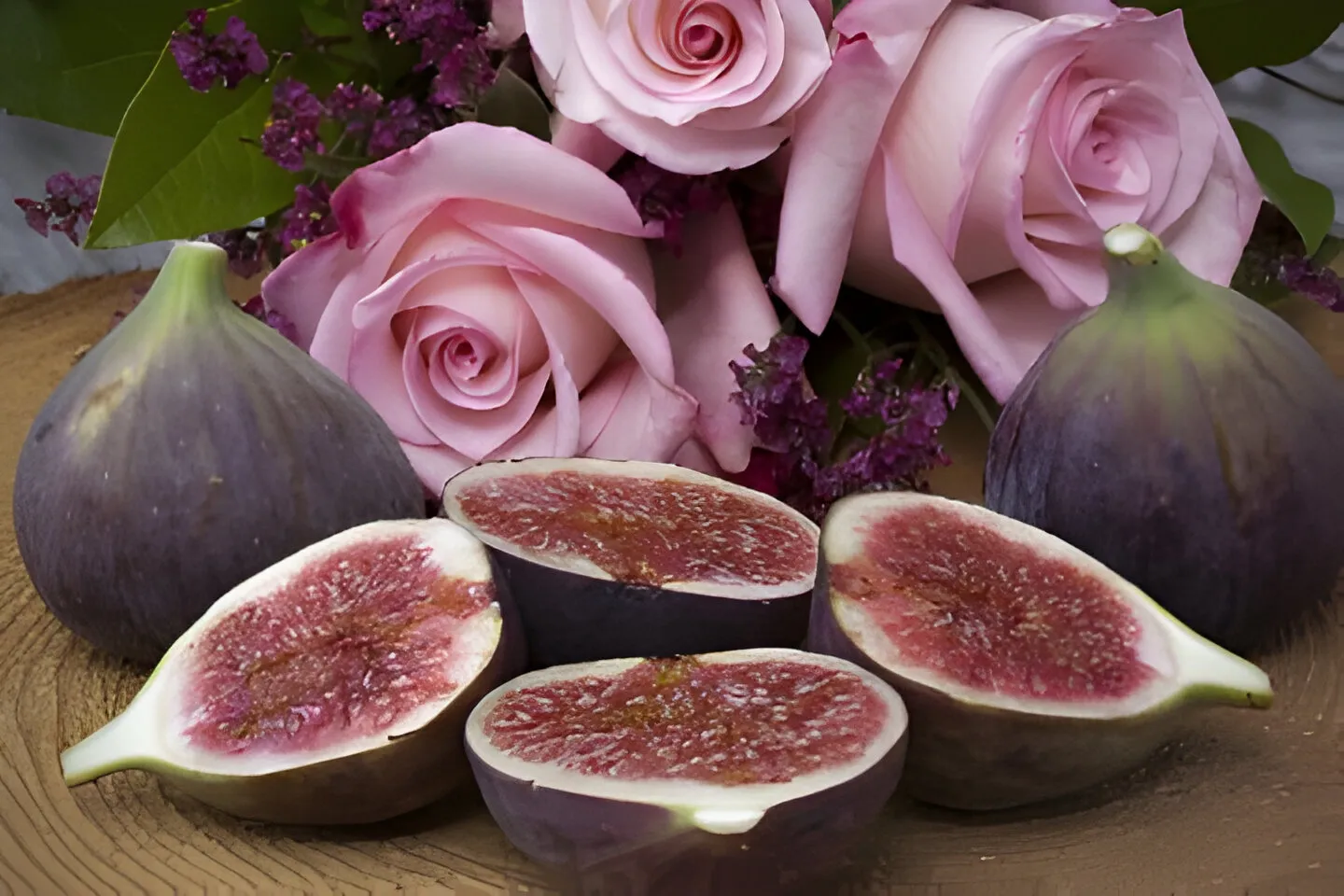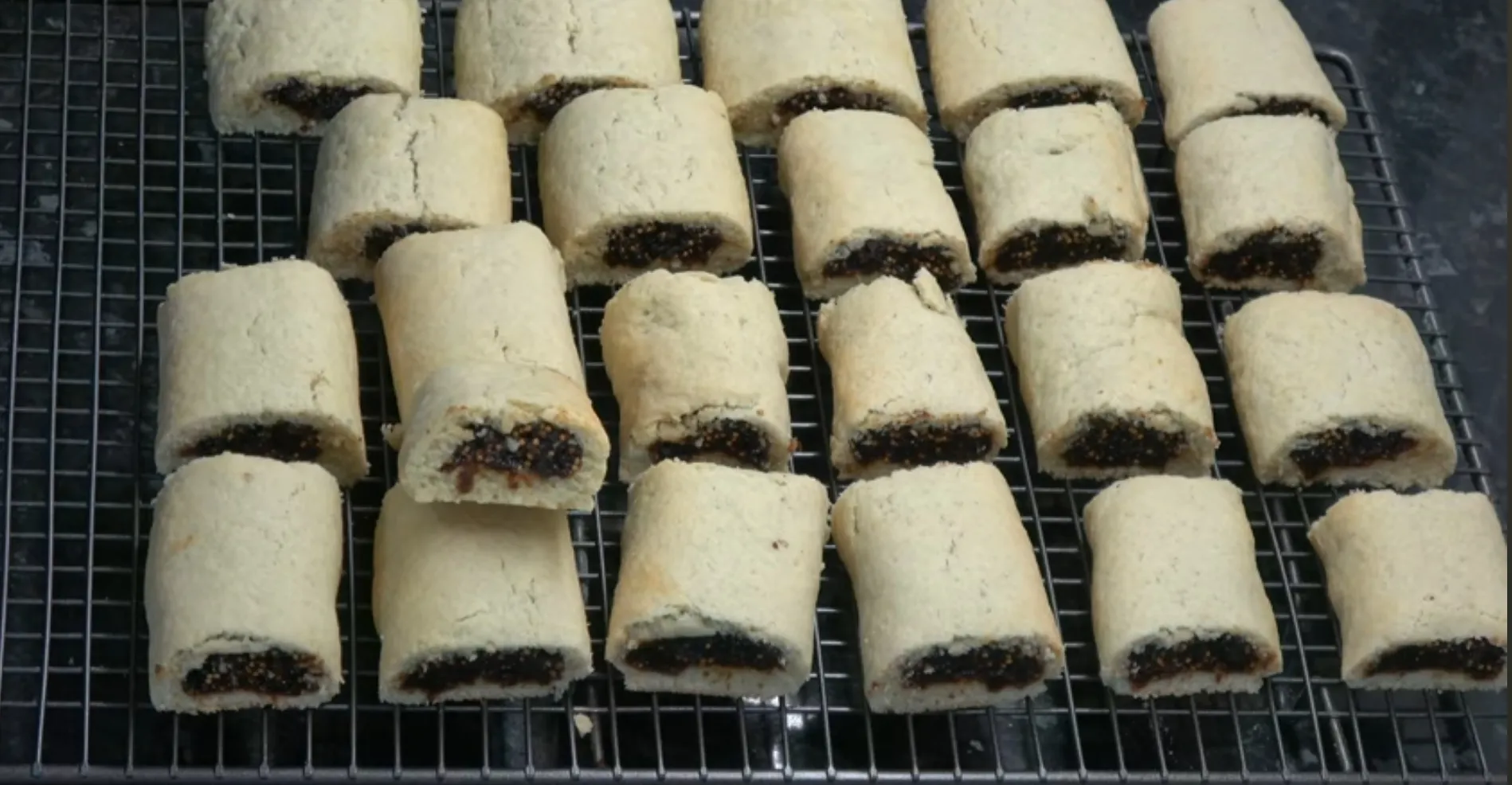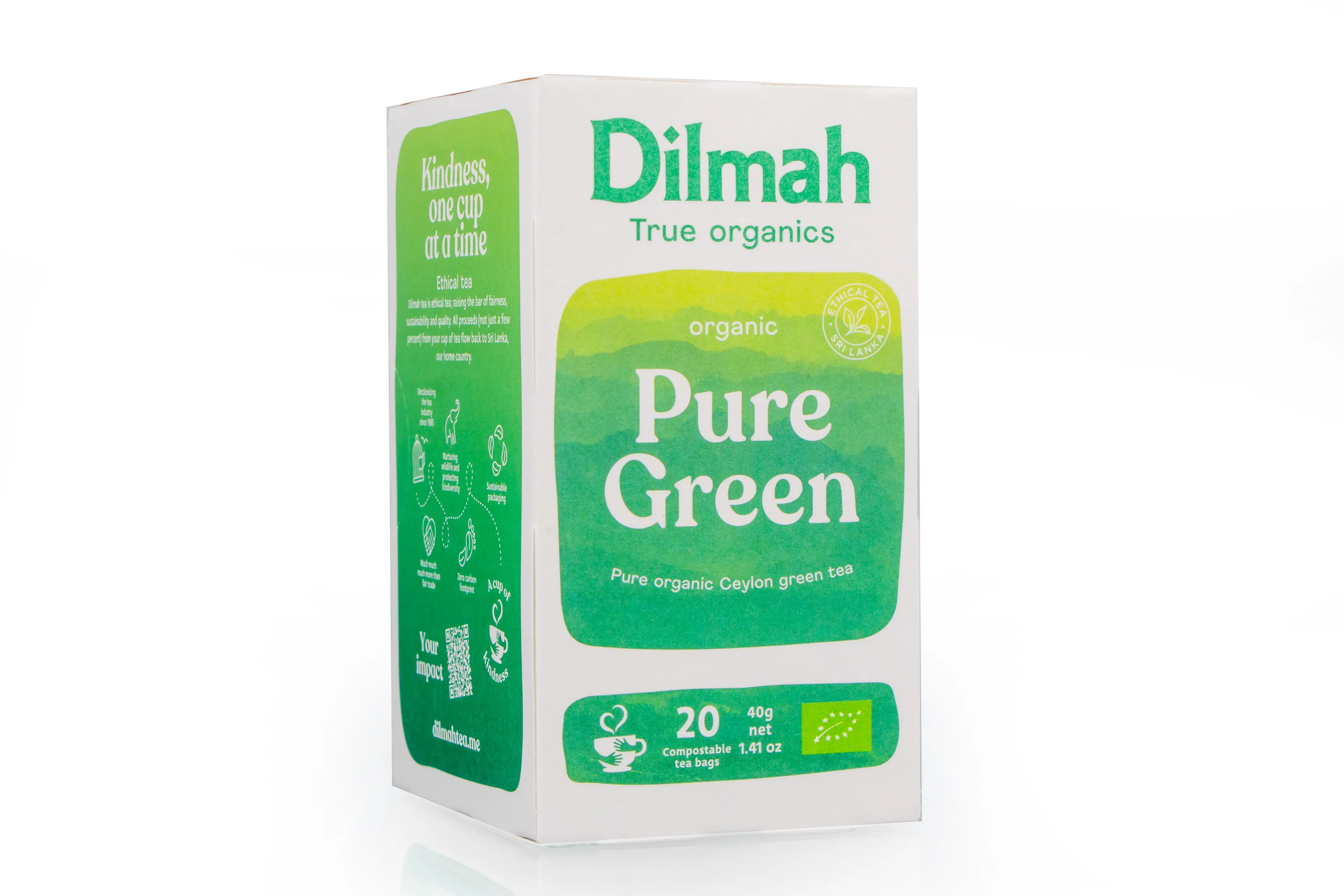Super Delicious Sugar-Free Fig Cookies
Indulge in our Super Delicious Sugar-Free Fig Cookies, inspired by the healthy, longevity-focused Blue Zones. Paired with Organic Dilmah Green Tea, these Sri Lankan-inspired cookies offer a tasty, nutritious treat.
Chapters
The Oldest Sacred Fig Tree in Sri Lanka
Before diving into our sugar-free fig cookie recipe, let's explore the fascinating world of Sri Lanka's fig trees. These trees are not only a part of the country's rich natural and cultural heritage but also symbolize a commitment to a sustainable planet. Sri Lanka, the gem of the Indian Ocean, is home to the Fig and Bo trees, both from the Fig family, which play a pivotal role in preserving the island's ecological and cultural legacy. These trees form the backdrop to our story of nutritious culinary delights inspired by local Sri Lankan methods and the charm of dried figs. Join us in uncovering the captivating history of these fig trees, woven into the tapestry of Sri Lankan culture, and our healthy sugar-free fig cookie recipe.
The Bo tree, known as “The Jaya Sri Maha Bodhi” in Buddhist traditions, stands as the oldest sacred fig tree in Sri Lanka. Characterized by its heart-shaped leaves and a unique bluish-green hue, the Bo tree is not just a plant but a symbol of meditation, worship, and the roots of Sri Lankan Buddhism. Its spiritual and historical significance runs deep, intertwining with the stories of bodhisattvas and the spread of Buddhism in Sri Lanka, making it a cornerstone of the nation's spiritual heritage.
The Ficus Family
In the warm climates of Sri Lanka, the fig tree, or Ficus, flourishes in diverse forms, from the iconic banyan with its aerial roots to the sacred Bodhi tree, deeply rooted in cultural and spiritual traditions. Known locally as 'Attica' in Sinhalese and 'Atti' in Tamil, these species are not only an integral part of the nation's heritage, wrapped in myths and traditions, but also play a vital ecological role. The island boasts a diverse array of Ficus species, each with unique features, such as the majestic banyan tree, renowned for its impressive aerial roots. The Ficus benghalensis is a prime example, its roots creating a distinctive, enchanting appearance.
But the significance of fig trees in Sri Lanka extends beyond their beauty. Fig trees play a crucial role in sustaining wildlife like bats, monkeys, and birds, thus enhancing biodiversity in Sri Lankan forests.
The Ficus family is diverse, encompassing around 850 species including woody trees, vines, and epiphytes. Originating from various tropical regions, these species also thrive in adjacent subtropical areas. The common fig (Ficus Carica), for instance, adapts well to cooler climates and is widely found in tropical areas.
Health Benefits of Figs
Figs have many healthy properties and are highly valued in Ayurveda, one of the world's oldest holistic healing systems. In Ayurvedic practice, figs are used to regulate blood pressure, alleviate constipation, piles, digestive problems, and detoxify the body. Both the leaves and fruits are utilized as medicinal herbs. Let’s explore what are the health benefits of adding figs in your daily diet.
Rich in Antioxidants:
Figs are a powerhouse of antioxidants, including phenolic acids and flavonoids. These nutrients protect your body from free radical damage, which can lead to aging and diseases like cancer and heart disease. Ayurveda Specialist Dr. Vivek Joshi, with a strong following on YouTube, recommends adding two figs to your daily diet for significant health benefits.
Boosts Digestive Health:
Figs have long been used as a natural remedy for digestive issues. Dried figs are high in fiber, aiding in preventing constipation and diarrhea. Most adults don't meet the daily recommended fiber intake of about 30 grams, but adding dried figs can help bridge this gap. Figs also contain prebiotics, fueling the beneficial bacteria in your gut.
Supports Menstrual Health:
Research indicates that dried figs can ease menstrual pain. Women who consumed figs reported less discomfort and stress during their periods compared to those who didn't.
Reduces Inflammation:
Figs, especially when combined with olives, can help prevent inflammation. They inhibit certain cytokines linked to various inflammatory conditions, such as allergies, rheumatoid arthritis, inflammatory bowel diseases, sinusitis, and tuberculosis.
Controls Blood Pressure:
High in potassium, figs are great for lowering blood pressure naturally. This is particularly beneficial for those with hypertension.
Aids in Weight Management:
Incorporating dry fruits like figs into your diet can assist in weight management. Figs promote a feeling of fullness after meals, which can help in controlling hunger and blood sugar levels. The high fiber content in figs contributes to this satiating effect.
Potential Cancer Protection:
Compounds in figs might help prevent the development and spread of cancer cells. Although more research is needed, early studies are promising in showing figs' ability to suppress tumor growth and metastasis.
Fig Consumption During Pregnancy: Benefits and Risks
Adding fresh or dried figs to a pregnancy diet offers numerous benefits. Figs are rich in essential nutrients like iron, calcium, potassium, phosphorus, and magnesium, crucial for the healthy development of the fetus and the well-being of the expectant mother. They also pack a variety of vitamins, including A, D, E, K, and B-complex.
Figs are high in dietary fiber, easing digestion and helping to alleviate common pregnancy-related issues like constipation. They're low in calories, making them a healthy choice for managing weight gain during pregnancy. Plus, their alkaline nature helps balance body acidity, which can be beneficial during pregnancy. Figs also contain psoralen, a compound that may assist with pigmentation issues like melasma.
However, moderation is key. Dr. Sharma recommends limiting fig intake to no more than three a day during pregnancy. This helps manage high sugar levels, which is especially important for preventing gestational diabetes. Overeating figs can lead to side effects like loose stools, decreased blood pressure and blood sugar, allergies, and conditions like photodermatitis.
For more information, you can explore Figs (Anjeer) During Pregnancy: Benefits And Side Effects. This resource provides deeper insights into how to safely incorporate figs into a pregnancy diet.
Figs: Good & Bad
Figs are tasty and healthy, but they're not great for everyone. If you get allergies from things like latex or birch pollen, figs might bother you too. And if you have a sensitive stomach or IBS, figs could upset it because they're high in FODMAPs. If you're not sure if figs are okay for you, it's a good idea to ask your doctor.
Sri Lankan Food: Tasty Mix of Many Flavors
Sri Lankan food is really flavorful. It's got spices, fruits, and fresh veggies. The food has been influenced by lots of different places like India, Malaysia, and even countries in Europe like the Netherlands, Portugal, and Britain. This mix makes the food really tasty and interesting.
Conclusion
These homemade sugar-free fig cookies, a cut above store-bought, are crafted without artificial preservatives and sugar, offering pure goodness for you and your family. Infused with a unique Sri Lankan twist, these cookies, filled with delicious figs and paired with fine tea, are sure to delight. As you enjoy these treats with a cup of green tea, let the rich tapestry of Sri Lanka's heritage and beauty unfold with each bite.
Instructions
Fig filling
Prepare the Figs. Trim off the stems from the dried figs, as they can be bitter. Then, cut the figs into quarters to make them easier to blend later.
Make the Fig Paste. Now let’s prepare a delicious fig spread which we’ll use as a cookie filling. In a saucepan, combine the quartered figs with fresh orange juice, a cup of water, and a pinch of salt. Heat over medium and stir until it reaches a gentle boil. Let it simmer for about 30 minutes, stirring now and then, until the liquid reduces. Once done, whizz it all up in a food processor until smooth, then let it cool. Stir in a teaspoon of honey once it's cool for extra flavour.
Cookie dough
Mix the Cookie Dough. In a large bowl, whisk together 1.5 cups of whole wheat flour, a teaspoon of baking powder, and a pinch of salt. In a separate bowl, use a mixer to cream together half a cup of unsalted butter and a quarter cup of cream or milk. Add an egg yolk, half a cup of dried coconut, and a splash of vanilla extract; mix until combined. Finally, gradually add the dry ingredients to the second bowl and mix until a dough forms.
Chill the Dough. Shape the dough into a rectangle between two pieces of parchment paper and cut into three equal parts. Chill for 2 hours or, ideally, overnight.
Assemble with Fig Filling. Roll out one dough part into a rectangle, about 5 inches wide. Pipe a third of the fig paste along the center, leaving space for the margins. Fold the dough over the filling using the parchment paper, then cut into even squares. There you are your cookies, ready to be cooked. Repeat for the other two dough parts. You should obtain approximately 15 pieces in total.
Bake the Cookies. Place the cookies on a parchment-lined baking tray. Preheat the oven at 350°F (180°C) and let them cook for 16 to 18 minutes until golden. Watch to avoid over-browning.
Cool the Cookies. Let the cookies cool on a wire rack. Store them in an airtight container for soft, chewy fig cookies.
Chapters
Need for the recipe:
Savour our organic, full-bodied green tea grown in the high elevations of Sri Lanka. Its bold flavour profile makes this tea perfect for pairing with savoury dishes.



